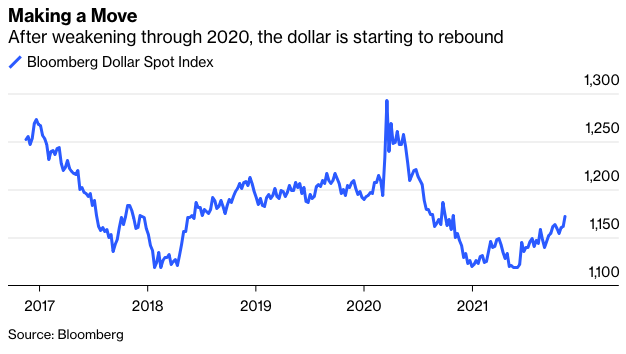Also, a rising dollar increases the cost to foreign countries of commodity imports. Of 45 important commodities, 42 are priced in dollars. The only three exceptions are palm oil (Malaysian ringgits), wool (Australian dollars) and amber (Russian rubles).
A stronger greenback makes imports cheaper in dollar terms and forces domestic producers of similar products to reduce prices to compete. It also makes U.S. investments more attractive to foreigners that enjoy currency translation gains. Conversely, a robust dollar renders U.S. exports more expensive to foreigners and overseas investments by U.S.-based individuals and businesses less attractive.
My next column will examine the lasting effects of the pandemic on the residential preferences of Americans, the increases in employee independence reflected in remote work, less commuting and flexible hours, the greater use of telecommunications technology and the boost to online shopping.
Gary Shilling is president of A. Gary Shilling & Co., a New Jersey consultancy, a Registered Investment Advisor and author of The Age of Deleveraging: Investment Strategies for a Decade of Slow Growth and Deflation. Some portfolios he manages invest in currencies and commodities.
Gary Shilling's Sees Deglobalization, Stronger Dollar Post-Pandemic Economy
November 15, 2021
« Previous Article
| Next Article »
Login in order to post a comment








